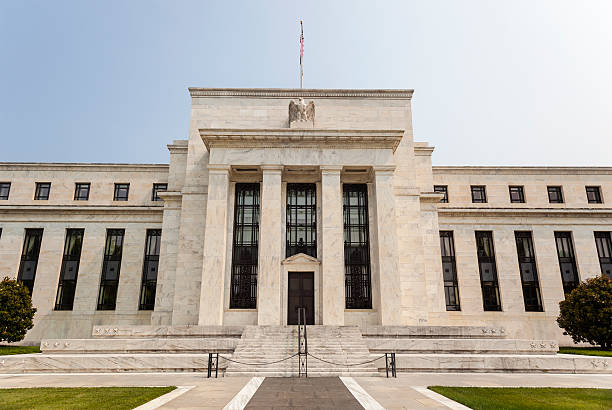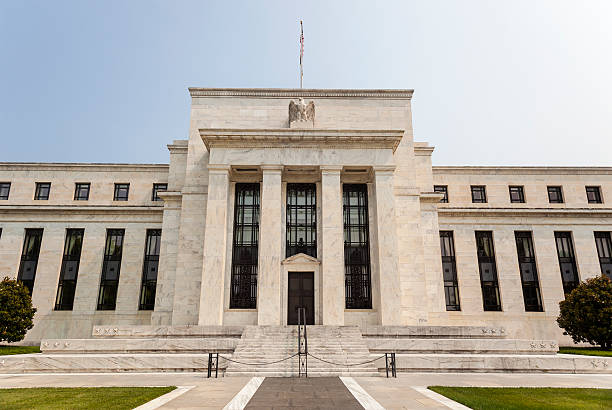
Uit de notulen van de FOMC-bijeenkomst in september blijkt dat de leden het er in het algemeen over eens waren om het nieuwe monetaire beleidskader aan te nemen en de forward guidance te wijzigen op de manier zoals die in de verklaring wordt gepresenteerd. Hoewel de economische projecties tijdens de bijeenkomst werden opgewaardeerd, waren deze afhankelijk van de verdere budgettaire stimuleringsmaatregelen die door de regering werden geïmplementeerd. De inflatie zal nog geruime tijd aanhouden. Ondanks een stijging van het prijsniveau in bepaalde opzichten, wordt verwacht dat de totale inflatie het komende jaar “gematigd” zal blijven.
In light of adoption of average inflation targeting, the Fed amended the forward guidance in the September statement. FOMC pledged to “keep the target range for the federal funds rate at 0 to 1/4% and expects it will be appropriate to maintain this target range until labor market conditions have reached levels consistent with the Committee’s assessments of maximum employment and inflation has risen to 2% and is on track to moderately exceed 2% for some time”. This marked a significant change from previous meetings which emphasized the “maximum employment objective and its symmetric 2% inflation objective”. The minutes revealed that “almost all” members viewed that it is the appropriate time to provide a more explicit language, though the stressed the guidance is not unconditional. This would provide greater clarity regarding the likely future path of the federal funds rate. Among these members, “all but a couple” supported the language ultimately adopted in the September statement. A “couple” of them favored stronger and less qualified outcome-based forward guidance in which the target range remained at the effective lower bound until inflation had “moved above 2% for some time”. There were “several” members who disagreed with a more explicit guidance, suggesting that more forward guidance could restrict the Fed’s flexibility and lead to a buildup of financial imbalances.
On asset purchases, the minutes show that the members viewed that the current pace as “appropriate” while “some” proposed to “further assess” the program in future meetings. They suggested that the Fed could clarify how the “asset purchase program could best support the achievement of the Committee’s maximum-employment and price-stability goals”.
The members acknowledged that “economic activity and employment have picked up in recent months” and upgraded economic projections. The minutes suggested that the upward revisions hinged on “the enactment of some additional fiscal policy support this year”. They noted that “without that additional policy action, the pace of the economic recovery would likely be slower”.
Although inflation has been picking up from the trough made in 1Q20, it remained far below 2%, The minutes show that a number of participants projected that inflation would run below the Committee’s 2% objective “for a significant period before moving moderately above 2% for some time”. Since average inflation targeting suggests that the Fed will be more tolerable on the overshooting than undershooting of inflation target, an ultra expansionary policy will likely remain for the years ahead.


 Signal2forex.com - Beste Forex-robots en -signalen
Signal2forex.com - Beste Forex-robots en -signalen




